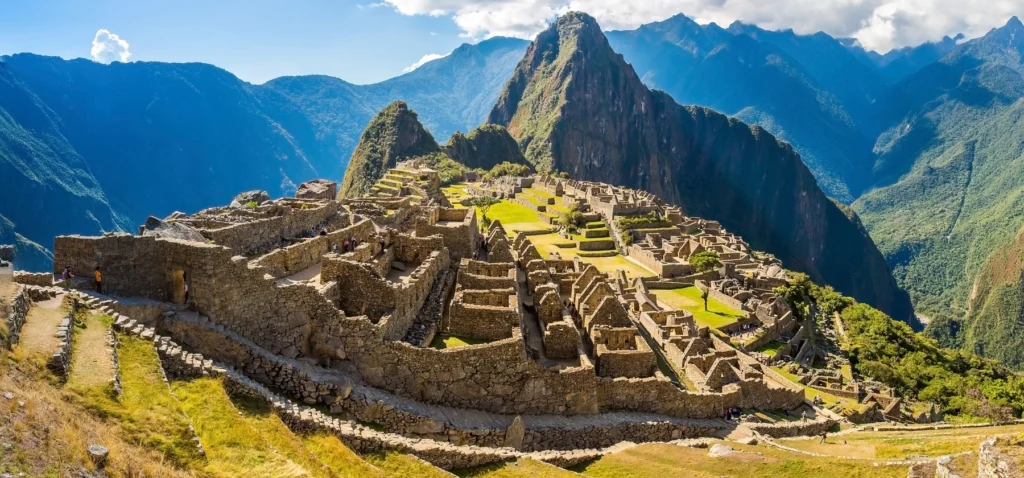Explore the Wonders of Machu Picchu
Machu Picchu, perched high in the Peruvian Andes, remains one of the most famous archaeological sites in the world. This ancient Inca citadel captivates visitors with its stunning beauty, rich history, and impressive architecture. As a UNESCO World Heritage Site, Machu Picchu continues to be a significant symbol of the Inca civilization.
The History of Machu Picchu
Machu Picchu was built in the fifteenth century under the reign of Inca emperor Pachacuti. Historians believe that it served as a royal estate or religious site. After the Spanish invasion, the Incas abandoned the citadel, and the site remained hidden for centuries. In nineteen eleven, Hiram Bingham, an American historian, rediscovered Machu Picchu, bringing it into the global spotlight. This rediscovery allowed people to learn more about the Inca’s impressive achievements.
The Architecture of Machu Picchu
The architecture of Machu Picchu showcases the advanced engineering skills of the Incas. The site features terraces, temples, and palaces, all constructed from precisely cut stones that fit together without mortar. These dry-stone techniques demonstrate the Incas’ ability to create structures that have withstood the test of time. Two key features of the site are the Temple of the Sun and the Intihuatana stone, which served as an astronomical device. Both structures highlight the Inca’s deep understanding of the cosmos and their architectural genius.

The Natural Beauty Around Machu Picchu
Machu Picchu is surrounded by breathtaking natural landscapes. Towering cliffs, lush green forests, and stunning views of the Andes Mountains make the location even more captivating. The surrounding area is home to a variety of flora and fauna. Visitors can spot hummingbirds, orchids, and even the rare Andean condor. The blend of ancient stone structures and rich biodiversity creates a unique atmosphere that draws visitors from around the world.
How to Visit Machu Picchu
To reach Machu Picchu, visitors can take a train from Cusco to Aguas Calientes, a town located near the site. From Aguas Calientes, travelers can take a bus or hike to the citadel. For those seeking a more adventurous journey, the Inca Trail offers a multi-day hike through stunning landscapes and ancient ruins. The trail leads to the Sun Gate, where trekkers can enjoy a panoramic view of Machu Picchu. Regardless of the route, visiting Machu Picchu is an unforgettable experience.
Preservation and Sustainability
Machu Picchu is a popular destination, and preserving its integrity is a top priority. The Peruvian government has implemented several measures to protect the site from overcrowding and damage. For example, there are limits on the number of visitors allowed each day, and tickets must be purchased in advance. Only a small number of tourists are allowed at any given time, which helps to minimize the impact on the environment and the site’s historical value.
The Best Time to Visit
The best times to visit Machu Picchu are during the shoulder seasons—April to May and September to October. These months offer pleasant weather and fewer tourists. The high season, from June to August, tends to bring more visitors, making it more crowded. The rainy season, from November to March, can disrupt travel plans as trails might be closed due to weather conditions.
Conclusion
Machu Picchu is more than just a tourist destination; it is a symbol of the Inca civilization’s ingenuity and vision. Whether you are exploring its ruins or admiring the surrounding landscapes, Machu Picchu offers a deep connection to Peru’s rich history and culture. This ancient citadel continues to inspire travelers, offering a chance to experience one of the world’s most remarkable sites.
